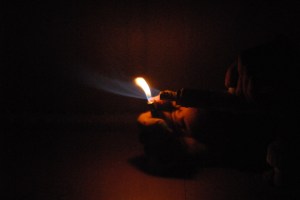 People living in warm climates have been used to using biogas since ages, with even the Assyrians using it to heat their baths 3,000 years ago. But in the colder regions such as Alaska, biogas is harder to produce, since temperatures do not allow for bacteria to ferment the organic waste.
People living in warm climates have been used to using biogas since ages, with even the Assyrians using it to heat their baths 3,000 years ago. But in the colder regions such as Alaska, biogas is harder to produce, since temperatures do not allow for bacteria to ferment the organic waste.
However, this problem is about to fade now, as a new type of bacteria has been discovered, and it promises to cut the reliance on fossil fuels for these people big time.
Psychrophile bacteria live in the permafrost, and they metabolise organic matter at much lower temperatures, producing methane.
The bacteria have been studied by Katey Walter Anthony and Laurel McFadden at the University of Alaska Fairbanks, and has been found to produce around 200 to 300 liters of methane per day during their experiments.
Because current biogas digesters have to keep the bacteria alive, they have to keep a constantly warm temperature inside the “active” area. Psychrophiles, on the other hand, don’t need to be warmed, thus saving 20 to 40 percent of the energy put into warming the digesters for the microbes to grow.
Biogas is cheaper to produce and totally green for the environment, if produced from locally-grown biomass, and only releases the CO2 absorbed during the plants’ lifetime.

































